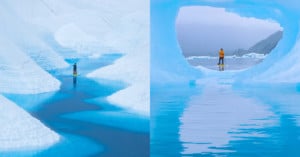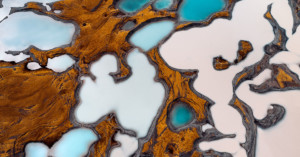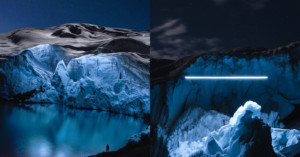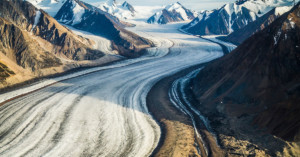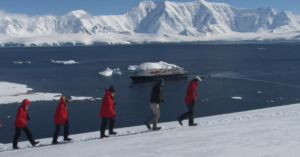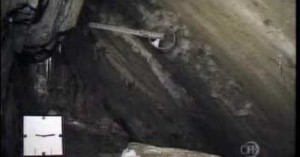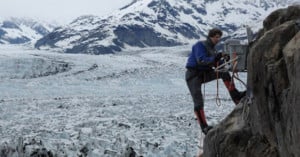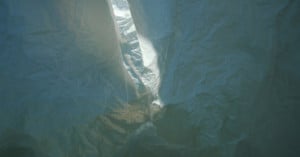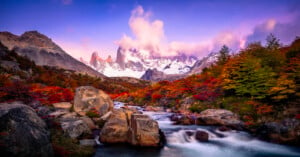
Photographer Captures Gorgeous Photos of Fall Colors in Patagonia
OM SYSTEM Ambassador and travel photographer Frank Smith has been capturing the diverse beauty of the world for decades. Whether it be through his photographs of people, cultures, or nature, Smith is a passionate and accomplished storyteller. However, documenting the fall colors in Patagonia had been one story that had eluded Smith for years.
